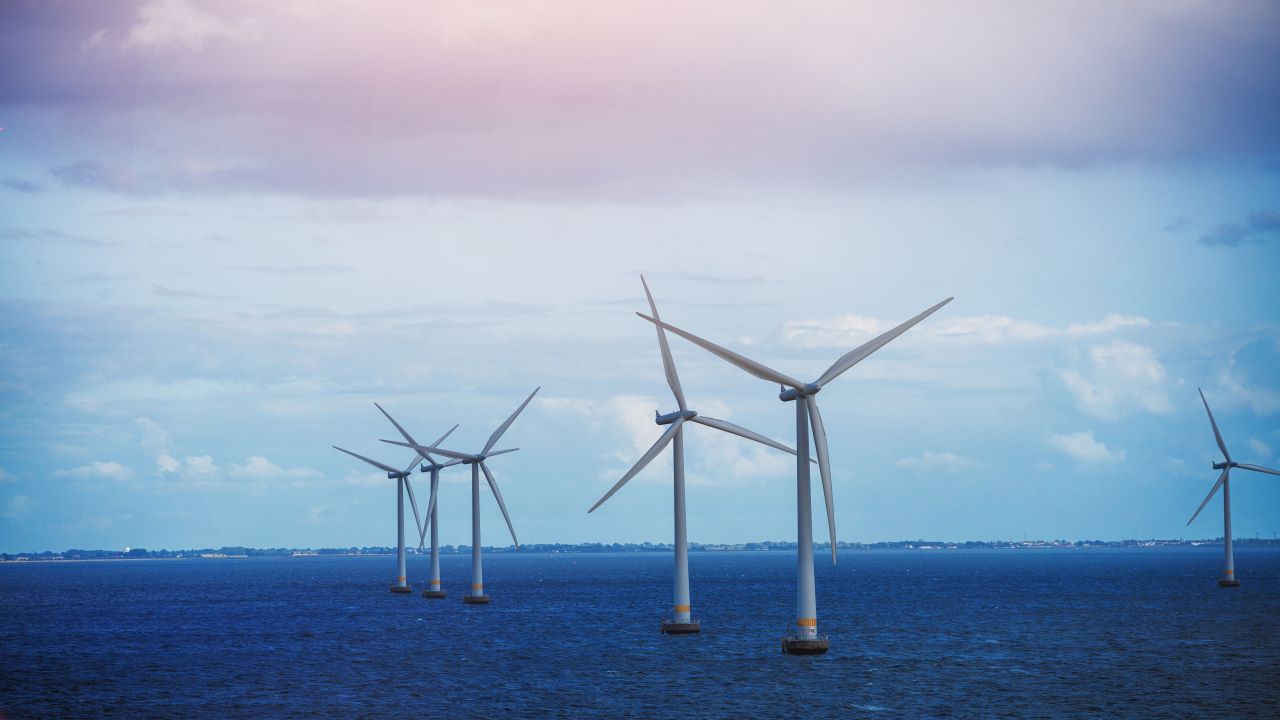
The Crown Estate, which manages the seabed around Wales, England and Northern Ireland, has awarded seabed rights to Blue Gem Wind, to develop the 96MW Erebus floating wind demonstration project, in the Celtic Sea off the coast of Wales. This is the first time that rights have been awarded for a floating wind development in Wales.
If final planning permission is granted, floating wind turbines will be installed about 44km off the Pembrokeshire coastline. When it is completed in 2027, it will become the world’s largest floating offshore wind project.
Hugh Kelly, project managing director of Blue Gem Wind, welcomed the announcement of the agreement for lease, which he said would allow the firm to progress with environmental assessments and surveys, secure access to the power grid, and seek final planning consent for the project.
All relevant businesses are encouraged to visit the Blue Gem Wind website, in particular the supply chain opportunities section. David Jones, stakeholder manager, says “This will help you to understand when your skills and services may be required and is the best way for you to detail how your capabilities match the project needs.”
This renewable energy resource could play a key role in the UK meeting its 2050 net-zero target, which is required to mitigate the worst effects of climate change. Floating wind turbines are more efficient than onshore turbines and are better suited to deeper water which opens up new areas of seabed and means less impact on the landscape and coastal activity.
Rovco has begun survey work, which will consist of a detailed geophysical and environmental site investigation to assess the seabed and sub-surface conditions at both the wind farm and along the potential cable routes to shore.
Statistics
Timeline
PROPERTY JOURNAL
Zhana Lennox MRICS 12 April 2024
LAND JOURNAL
Fiona Mannix and Mark Sanders MRICS 03 April 2024